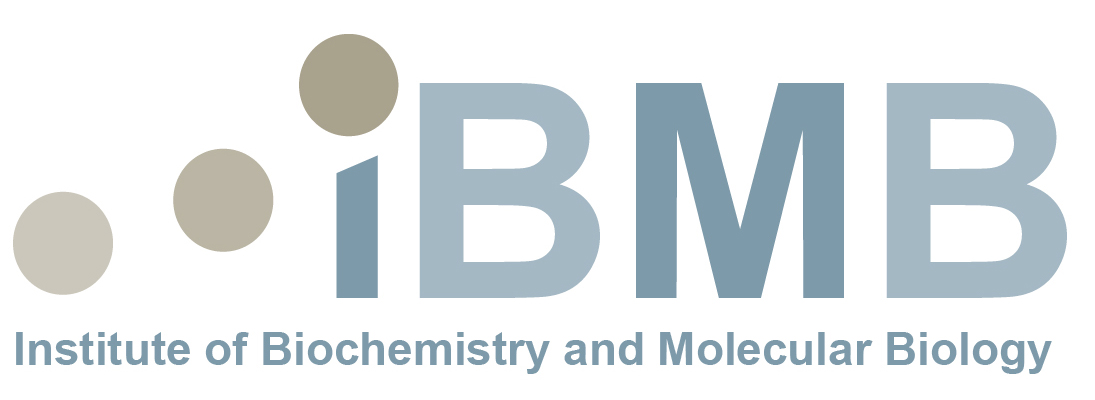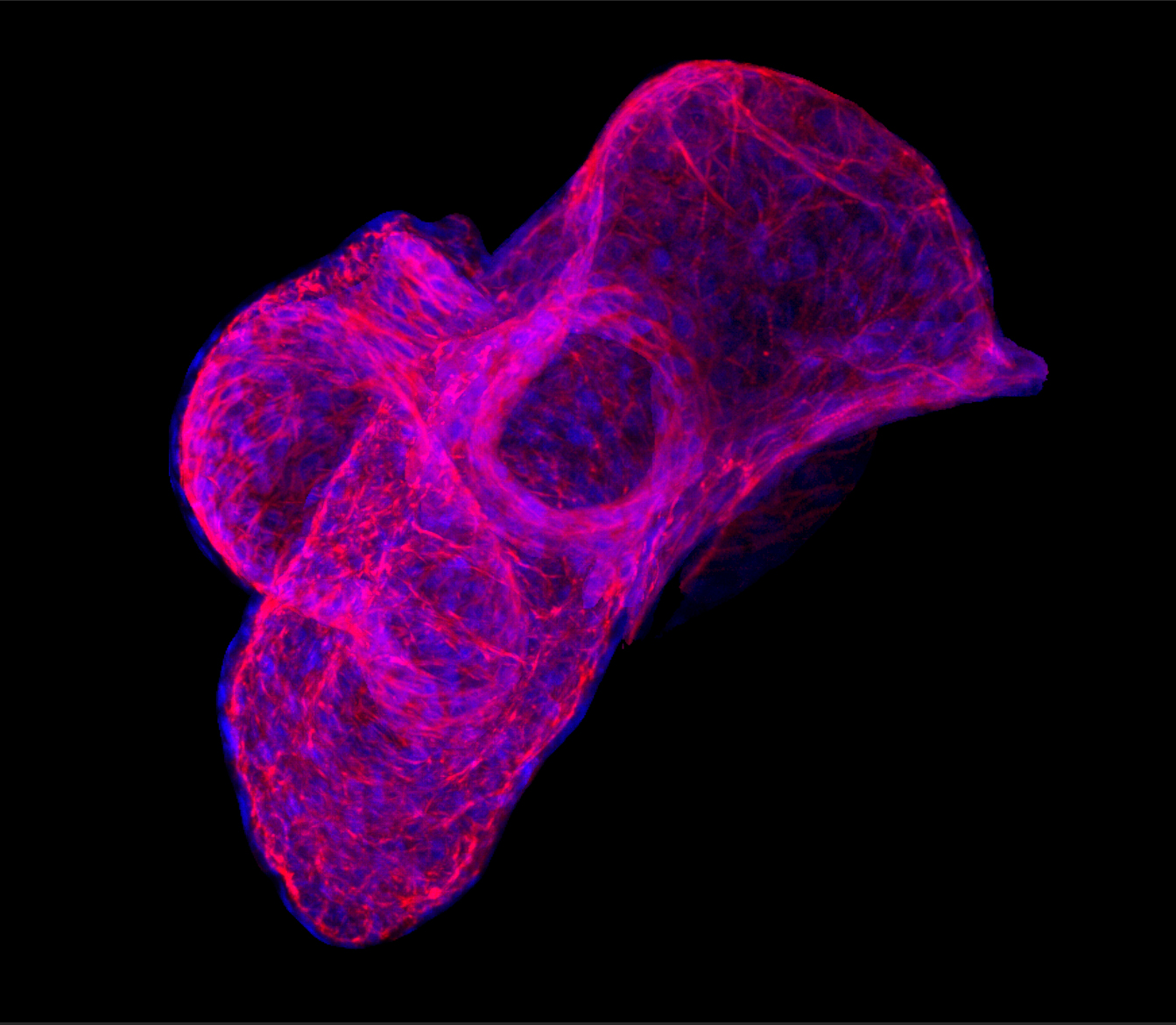Bewerbungsinformationen als Tutor*in fürs Biochemie Praktikum im SS2025 finden Sie hier

Director
Contact
Institute of Biochemistry and Molecular Biology
Ulm University
Albert-Einstein-Allee 11
89081 Ulm
Tissue homeostasis: Development, aging and regeneration
Research at the Institute of Biochemistry and Molecular Biology is focussed on the question how tissues and organs are formed during embryogenesis and maintained during regeneration and aging. These processes are regulated by extracellular growth factors, intracellular signal transduction pathways and gene regulatory networks. We are focussing in our work on heart, kidney, bone, and the nervous system. To tackle these questions, we use different models such as Xenopus laevis, Danio rerio and Drosophila melanogaster and cell culture. We also use systems biology approaches to gain deeper insights into these processes.

Secretary
Tel.: ++49-731-50 23281
Fax: ++49-731-50 23277
Office hours
Monday-Thursday 8 - 12 a.m.
Location
M24 Level 3
